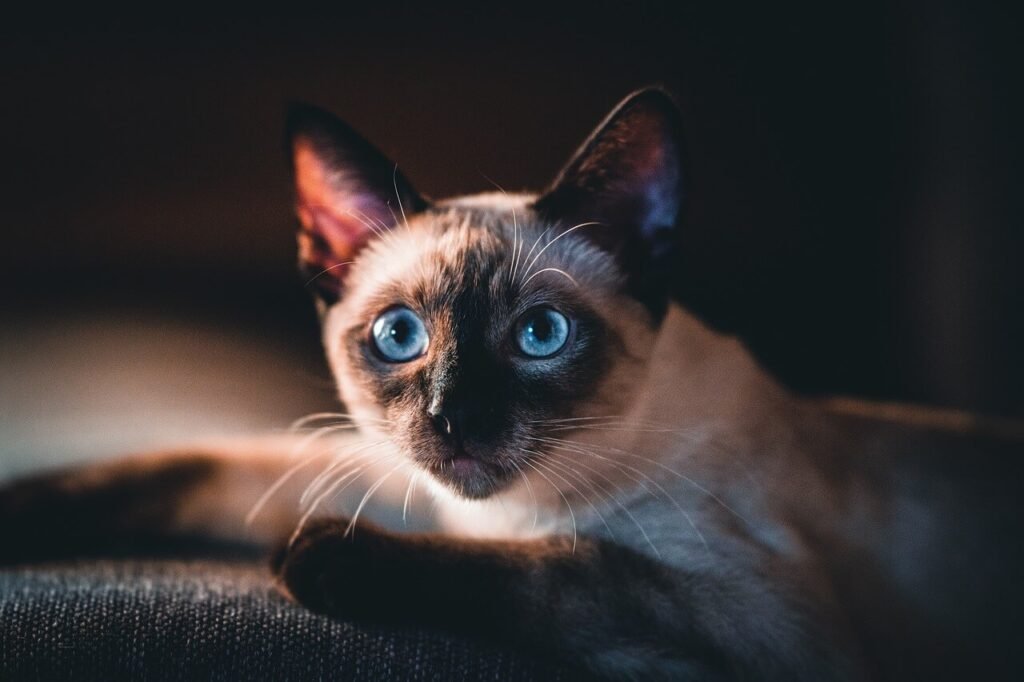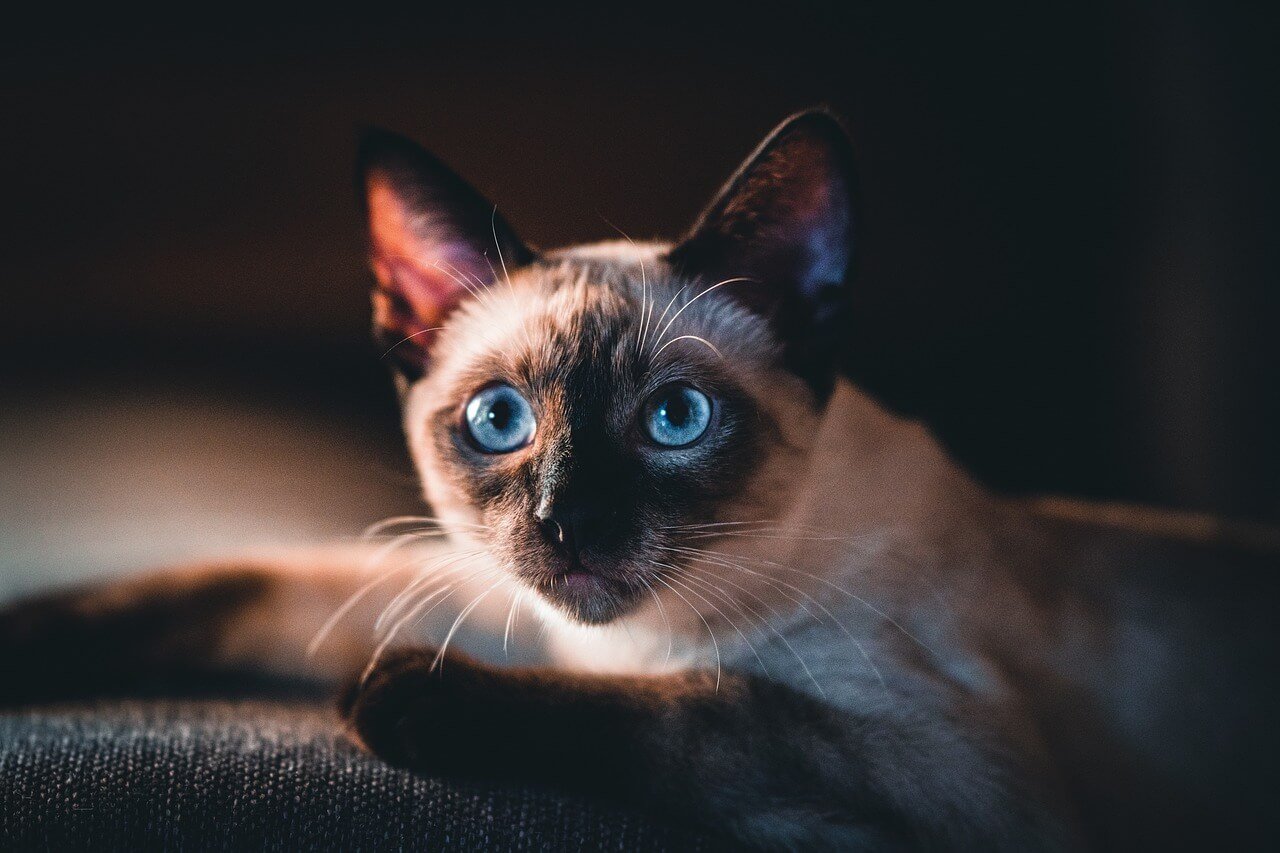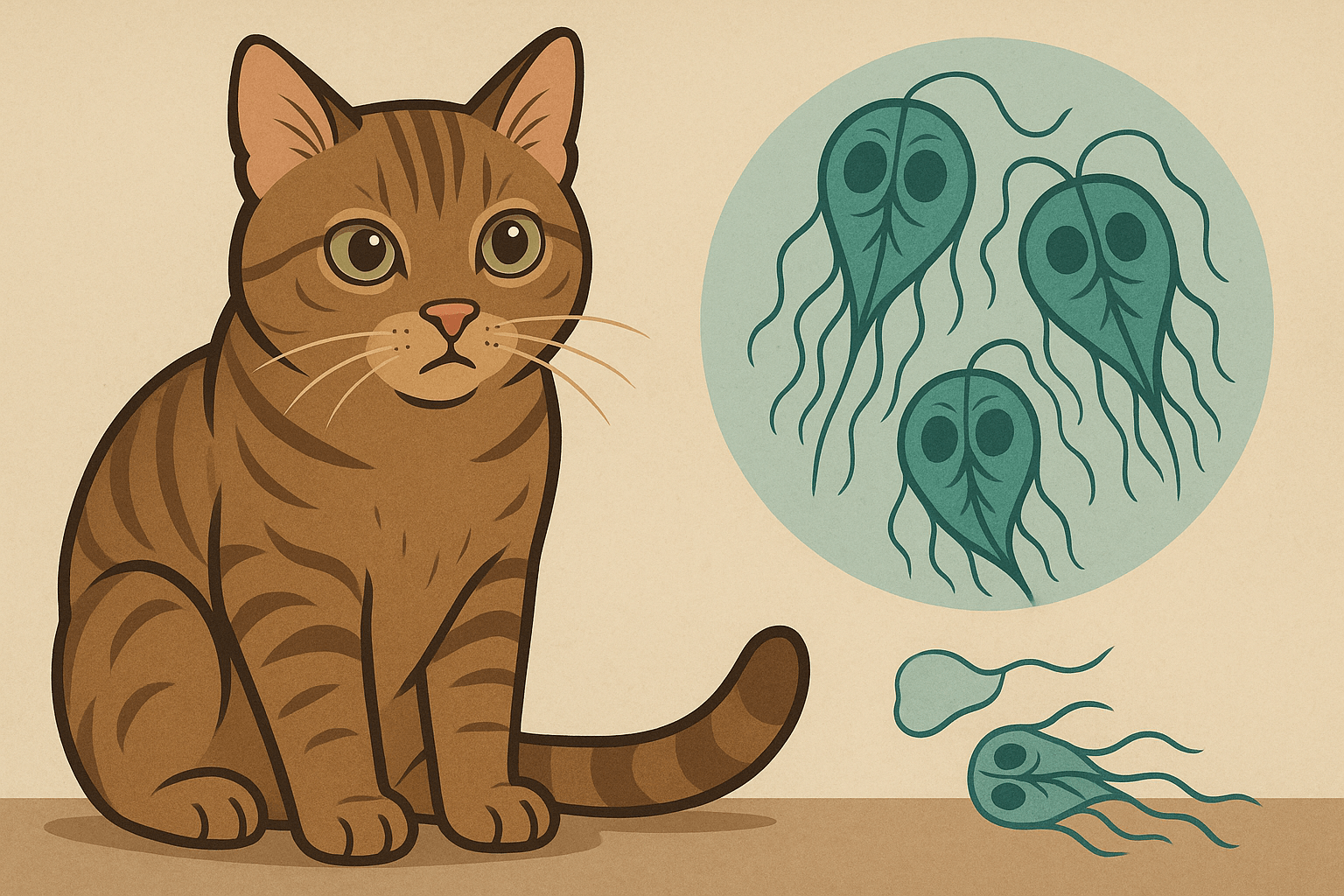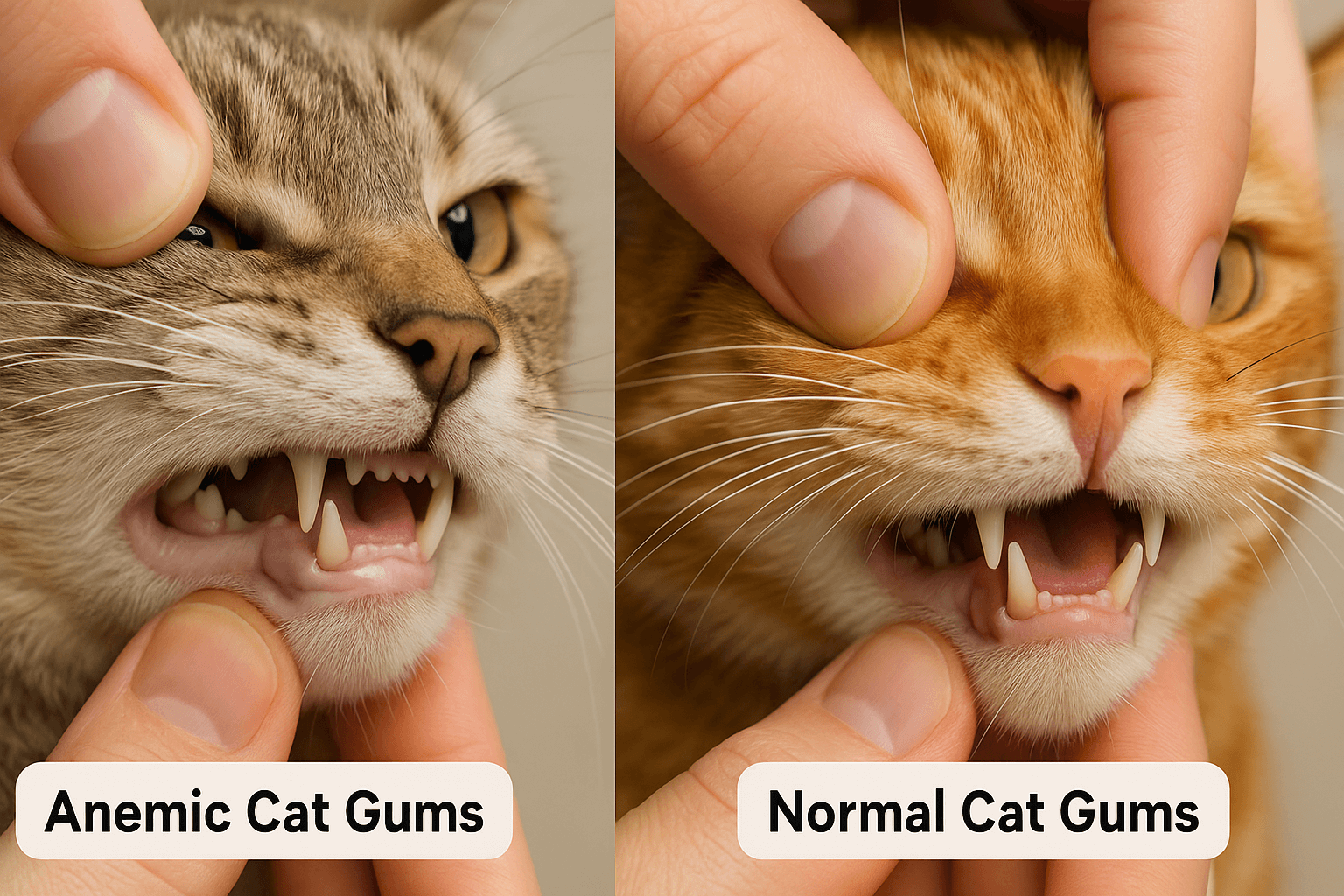Why Does My Cat Get Mad When I Leave? Understanding Feline Behavior
Cats are often perceived as independent and aloof creatures, but don’t let their cool exterior fool you—they form deep bonds with their human companions. If your cat seems upset or acts out when you leave, it’s not because they’re being “dramatic.” Instead, this behavior reflects their emotional attachment to you and their need for security. From vocalizing loudly to knocking items off shelves, cats express their feelings in unique ways.
In this guide, we’ll explore why your cat gets mad when you leave, how to interpret their behavior, and what you can do to help them feel more comfortable during your absence. With patience and understanding, you can strengthen your bond and create a calmer environment for your feline friend.
Common Signs That Your Cat is Upset When You Leave
Cats communicate their emotions through body language and behavior. If your cat gets mad when you leave, they may exhibit certain telltale signs. Here are some common behaviors to watch for:
Excessive Meowing or Yowling : Your cat may vocalize loudly as a way to express their distress or call for you to return.
Destructive Behavior : Knocking over objects, scratching furniture, or chewing on items can be signs of frustration or anxiety.
Hiding or Avoidance : Some cats retreat to secluded spots when they’re feeling upset or overwhelmed.
Loss of Appetite : A cat that refuses to eat while you’re gone may be experiencing separation-related stress.
Overgrooming : Excessive licking or grooming can indicate anxiety or an attempt to self-soothe.
Recognizing these signs is the first step toward addressing your cat’s emotional needs and ensuring they feel secure even when you’re not around.
Reasons Why Your Cat Gets Mad When You Leave
Understanding the root causes of your cat’s behavior can help you address the issue effectively. Cats are creatures of habit, and changes in their routine can trigger strong emotional responses. Here are some reasons why your cat might get upset when you leave:
Separation Anxiety : Some cats develop a strong attachment to their owners and struggle with being left alone.
Routine Disruption : Cats thrive on predictability, and your absence may disrupt their sense of stability.
Lack of Mental Stimulation : Without engaging activities, your cat may act out due to boredom or pent-up energy.
Territorial Instincts : Cats view their home as their territory, and your departure may make them feel vulnerable or unsettled.
Past Trauma or Stress : If your cat has experienced abandonment or neglect in the past, they may associate your leaving with negative emotions.
By identifying the underlying cause, you can tailor your approach to provide comfort and reassurance to your feline companion.
Check this guide 👉Why Does My Cat Bring Me Toys? Best 7 Behavior Tips!
Check this guide 👉Why Does My Cat Cuddle With Me? Best 7 Behavior Tips!
Check this guide 👉Why Does My Cat Breathe Loud? Best 7 Health Tips!

Signs of Separation Stress in Cats | Ways to Help Your Cat Feel Secure |
|---|---|
Excessive vocalization | Leave calming music or white noise playing |
Destructive behavior | Provide interactive toys or puzzles |
Hiding or avoidance | Create cozy hiding spots with blankets |
Loss of appetite | Use automatic feeders to maintain routine |
Overgrooming | Offer distractions like catnip or treats |
Tips to Calm Your Cat When You Leave
Helping your cat feel more at ease during your absence requires a combination of preparation, routine, and enrichment. Here are some tips to make your departures less stressful for your furry friend:
Establish a Routine : Stick to consistent feeding, play, and departure times to give your cat a sense of predictability.
Use Positive Reinforcement : Reward calm behavior before you leave with treats or affection to create positive associations.
Provide Mental Stimulation : Leave interactive toys or puzzle feeders to keep your cat entertained while you’re away.
Introduce Calming Tools : Consider using pheromone diffusers like Feliway to create a soothing environment.
Gradual Departures : Practice leaving for short periods and gradually increasing the time to help your cat adjust.
With these strategies, you can reduce your cat’s anxiety and foster a sense of security even when you’re not home.
How to Strengthen Your Bond with Your Cat
Building a strong bond with your cat can help alleviate separation-related stress and improve their overall well-being. Here are some ways to deepen your connection:
Spend Quality Time Together : Engage in daily play sessions or grooming to reinforce your bond and build trust.
Talk to Your Cat : Cats respond to the sound of your voice, so talking to them can provide comfort and reassurance.
Respect Their Space : Allow your cat to approach you on their terms, which helps them feel safe and respected.
Learn Their Preferences : Pay attention to your cat’s likes and dislikes, such as favorite toys or resting spots, to better meet their needs.
Be Patient : Building trust takes time, especially if your cat has experienced trauma or stress in the past.
A strong bond not only enhances your relationship but also makes separations easier for both you and your cat.
Preventing Accidental Stress Through Thoughtful Actions
While it’s natural to focus on what you can do to help your cat, it’s equally important to avoid actions that might unintentionally increase their stress. Here are some common mistakes pet owners make and how to steer clear of them:
Leaving Without Saying Goodbye : Cats are perceptive creatures; abruptly leaving without acknowledgment can confuse them. Instead, spend a few moments saying goodbye calmly.
Making a Big Fuss Before Departure : Overly dramatic goodbyes can heighten your cat’s anxiety. Keep your departure low-key and routine.
Ignoring Their Needs Before You Leave : Ensure your cat has access to food, water, and a clean litter box before heading out.
Using Punishment for Misbehavior : Scolding or punishing your cat for acting out while you’re gone will only worsen their stress and damage trust.
Not Providing Enough Enrichment : Leaving your cat with nothing to do can lead to boredom and destructive behavior. Offer toys or activities to keep them engaged.
By avoiding these pitfalls, you can create a smoother transition for your cat when you leave and reduce the likelihood of negative reactions.
Building Confidence Through Incremental Steps
Training your cat to feel comfortable being alone takes time and patience. By gradually increasing the duration of your absences, you can help them adjust without feeling overwhelmed. Here’s how to get started:
Start with Short Departures : Begin by leaving the house for just a few minutes and gradually extend the time as your cat becomes more comfortable.
Use Positive Reinforcement : Reward calm behavior before and after your absence with treats, praise, or affection to reinforce positive associations.
Create a Safe Space : Designate a cozy area where your cat feels secure, such as a room with their bed, toys, and familiar scents.
Practice Departure Cues : Use consistent cues like picking up your keys or putting on shoes during short practice sessions so your cat learns these don’t always mean long absences.
Monitor Their Progress : Pay attention to how your cat reacts as you increase the length of your departures, and adjust your approach if needed.
With consistent training, your cat will gain confidence and feel less anxious about being left alone.
Recognizing Positive Changes in Your Cat’s Behavior
As you work to help your cat cope with your absences, there are signs that indicate they’re becoming more comfortable and adjusting well. Look for these encouraging behaviors:
Calm Behavior During Departures : Your cat no longer exhibits signs of distress, such as meowing or following you to the door.
Engagement with Toys or Activities : Finding your cat playing with toys or exploring their environment while you’re gone is a great sign.
Consistent Eating Habits : A cat that eats regularly even when you’re not home shows they feel secure and relaxed.
Minimal Destructive Behavior : The absence of knocked-over items or scratched furniture suggests reduced frustration or anxiety.
Welcoming You Calmly : Instead of acting overly clingy or aggressive upon your return, your cat greets you calmly and happily.
These positive changes reflect your efforts paying off and demonstrate that your cat is adapting well to your routine.
Frequently Asked Questions About Cats Getting Mad When You Leave
Is it normal for my cat to get upset when I leave?
Yes, it’s normal for some cats to experience separation-related stress, especially if they’re highly attached to you.
Can cats have separation anxiety like dogs?
While less common than in dogs, cats can experience separation anxiety, particularly if they’re overly dependent on their owners.
How long does it take for a cat to adjust to being alone?
Adjustment times vary depending on the cat, but gradual training and consistency can help them adapt within weeks or months.
Should I punish my cat for destructive behavior when I return?
No, punishment can increase anxiety and damage your bond; instead, focus on addressing the root cause of the behavior.
Can medication help with separation-related stress in cats?
In severe cases, a vet may recommend medication or supplements to manage anxiety, but behavioral interventions should always come first.
Creating a Peaceful Environment for Your Cat
When your cat gets mad when you leave, it’s a sign of their deep attachment to you and their need for security. By understanding their behavior and taking steps to address their emotional needs, you can help them feel more comfortable during your absence. Whether it’s through providing mental stimulation, establishing routines, or strengthening your bond, every effort you make contributes to a happier, healthier cat. Remember, patience and consistency are key—your feline companion will appreciate the love and care you put into making their world a little brighter, even when you’re not there.
Giardia in Cats: Best 7 Expert Tips! Discover expert advice on identifying, treating, and preventing giardia in cats to ensure your feline stays happy and healthy.
Cat Hyperventilating: Best 7 Expert Tips! Discover signs, causes, and solutions for cat hyperventilation. Learn how to calm your cat and when to seek veterinary care for their breathing issues.
Anemic Cat Gums vs Normal: Best 7 Expert Tips! Learn to spot signs of anemia in cats, understand gum health, and ensure your feline stays happy and healthy with expert advice.
Himalayan Cat Size: Best 7 Expert Tips! Discover expert advice on Himalayan cat size, growth factors, care tips, and how to ensure your feline stays healthy and happy.





